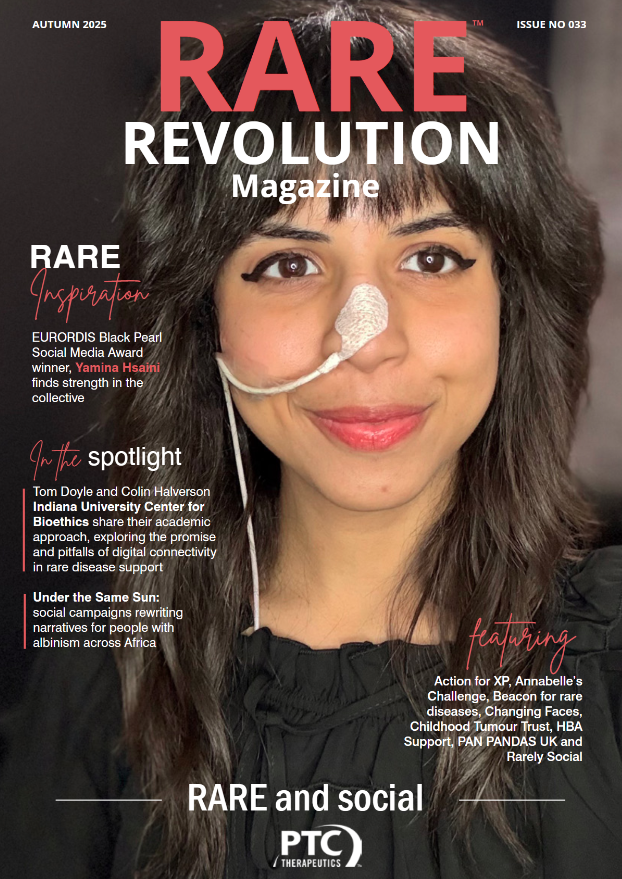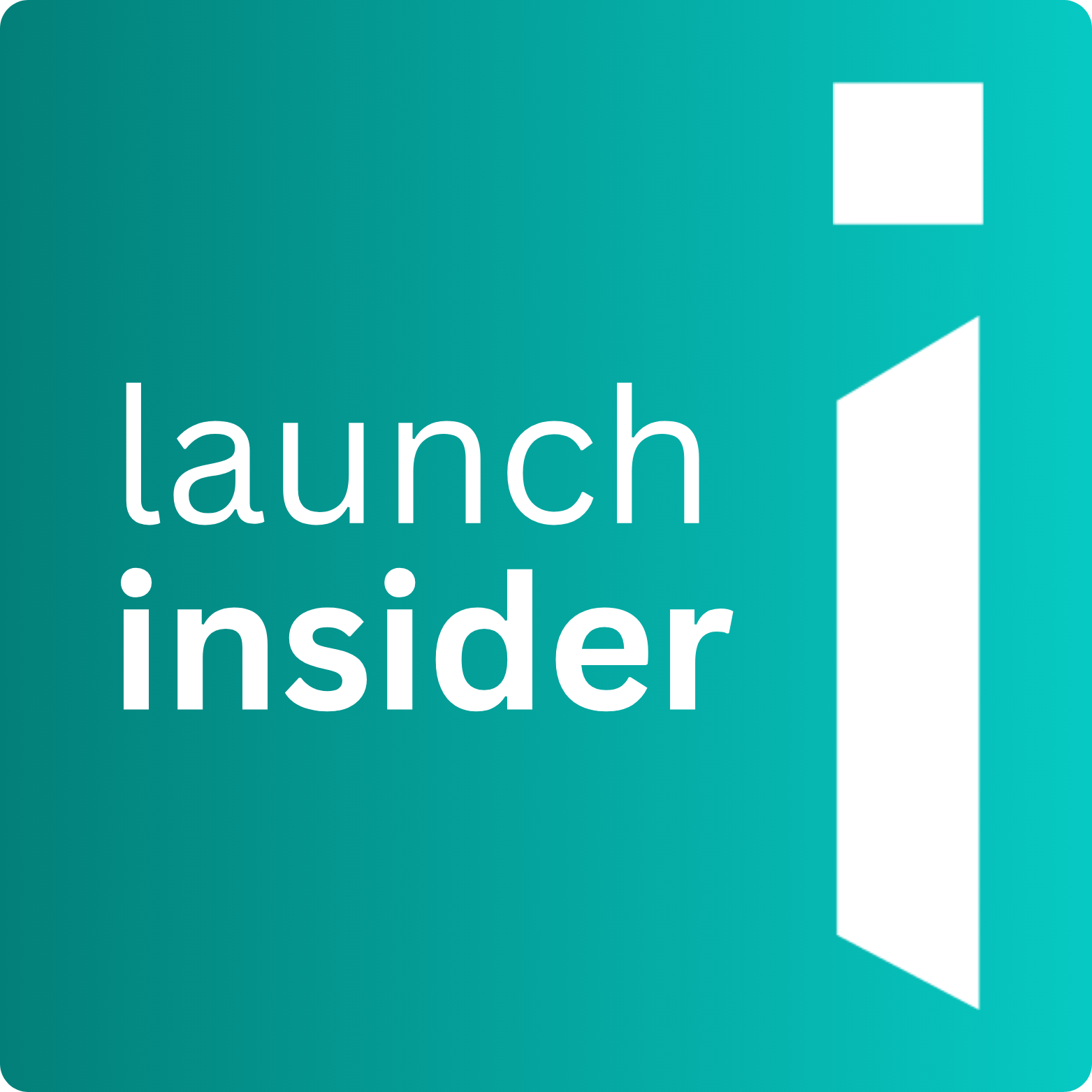Science side-by-side

Written by Paul Kidwell, communications and patient advocacy consultant and co-host of the podcast,InSickness. Men and the Culture of Caregiving
In my previous column I wrote about the strong influence caregivers have in fast-tracking rare cancer clinical studies from which medicines will be created to help meet the acute medical needs of those patients who have few if any treatment options. I am happy to say that the topic seemed to resonate with a segment of RARE Revolution’s global readership, which included the organiser of a conference focused on the value of patient engagement. After reading my piece she reached out to me and asked if I could put together and moderate a panel on the same topic but expand it across all therapeutic areas. It was her feeling that the growing influence of caregivers—particularly within the development and clinical processes—was a natural fit for a meeting on patient ROI (return on investment).
And while I was pleased by the positive feedback, it dawned on me that writing about the significance of caregiver insights within the context of a therapeutic as it advances into patient dosing, was premature. The cart before the horse, as it were. It begged the question of how the drug compound made it into clinical studies and was there a role for the caregiver(s) during that time?
Early-stage research is the bedrock of all drug development—especially in rare diseases—and enables the foundational science to transform into therapeutics that are safe, effective, and with increased potential for success. The value to rare disease patients and their caregivers is clear. Medicines that are accessible and tolerable.
In a nod to the importance of early-stage science and the vital role played by the scientists propelling that innovation forward, Genentech co-founder Robert Swanson once said, “our most valuable assets go home every evening in tennis shoes.”
If asked today, I’d like to think that Mr. Swanson would acknowledge that without caregivers providing insight into trial recruitment and design, data gathering, symptom identification and helping to fill the chasm between the lab and the clinic, drug developers would be at a distinct disadvantage. As a non-scientist I am in murky waters trying to give meaning to this influence beyond the offering of prosaic prose and a pounding of the collective caregiver chest. So, I won’t.
I’ll turn to someone entrenched in the rare disease sector, who has proven scientific chops and an impressive business pedigree, plus, a personal story that shapes everything. Charlene Son Rigby is the CEO of Global Genes. If you’ve spent any time in the rare disease sector, you know or have heard of Global Genes. Since its inception it has become an immovable force of patient advocacy. Under Charlene’s leadership it has maintained a laser focus in connecting, empowering, inspiring and moving the rare disease community.
She’s also a caregiver to her 11 year-old daughter, Juno, who was diagnosed at three years with a rare neurodevelopmental condition, STXBP1-related disorder. Overnight, Charlene was thrust into the role of patient advocate for Juno. This included co-founding the STXBP1 Foundation, which helps raise awareness and finding a cure for this ultrarare disease and ultimately taking an unexpected (but easily understood) career diversion to Global Genes.
I asked Charlene a general question about what she felt were the greatest caregiver contributions that helped early-stage R&D, and she cut through the generalities straight away. “One of the key things that caregivers have been able to do has been to give insight into the family and the patient experience. It’s critically important for drug developers, regulators and payors to really understand disease symptoms that are the most challenging and the impact on quality of life, and activities of daily living” she emphasised
It was clear that she has given this much thought over the years as her daughter’s caregiver and professional patient advocate at Global Genes. I imagine her in front of researchers and regulator teams and the resolve she displays on behalf of rare disease families. What I cannot fathom is the personal backbone it must have taken for her to move beyond the unspeakable heartbreak of Juno’s diagnosis to the day-to-day strength it takes to provide unwavering support.
“In the past few decades caregivers have continually provided significant patient insight and a unique perspective on their personal experience and that’s true for all caregivers across the rare disease spectrum. It’s one of the areas of greatest contribution and has become a mainstay of the early-stage research and development (R&D) process. Another point of influence that has begun to establish its footing—and one I’m quite passionate about—is caregivers driving research. This is evident for patients as well as patient advocates and is beginning to emerge in a growing number of rare diseases. We’re no longer waiting for researchers but proactively kickstarting and directing research efforts.”
According to Charlene this growing caregiver phenomenon is particularly influential in the paediatric rare disease spectrum. Like her family did in support of Juno, caregivers are taking it upon themselves to spearhead the development of therapies that they’re hoping are going to impact their loved ones, as well as the disease community that they’re in.
We both agree that historically the lack of available disease information has been a hinderance to identifying specific diseases which can impede an accurate diagnosis and that may lead to future research and ultimately an effective treatment. It’s a problem that remains acute, but she feels growing confidence in caregivers to meet this challenge.
“The challenge that we have in rare disease is that we have 10,000 plus rare diseases, and many diseases have little research data and few patients to draw from—and these patients are spread out around the world,” she relates. “A large number of them are ultra rare, or, even ‘vanishingly rare’ which makes the situation all the more demanding. So, the question becomes how to gather data and share it with research scientists and clinicians.”




Not surprisingly, Charlene and her colleagues at Global Genes have come up with a blueprint in a landscape awash with mostly none.
“There are multiple ways to share information. It can be as simple as conducting surveys, interviews or focus groups,” she implores. “All very traditional but still effective. A growing number of rare disease groups have also begun to create patient registries or natural history studies. The goal of these programmes is to gather baseline data that fosters a better and more thorough understanding of a disease which can be shared with the R&D ecosystem.”
She goes on to point out that registries serve a dual purpose.
“Caregivers provide data that’s important to clinicians and drug developers, but at the same time, they are escalating disease awareness in areas where there is little to none. This would certainly be of value to families who are in a similar situation, but don’t know where to go, because they don’t know what path to follow in response to a family member who is becoming symptomatic with an unknown medical condition.”
As Charlene explained, “Global Genes has a data collection research programme called RARE-X. “The goal has been to be able to collect data across different rare diseases which we are able to characterise in preparation for clinical trials. One of these disease areas is disorders of hypersomnolence including narcolepsy, where we have a direct collaboration with Sleep Consortium and other sleep disorder advocacy groups and biopharma. A key goal of the project is to collect real-world data on sleep quality.”
Charlene brings up a final point of discussion. While data is king in her world, an equally important element without which early-stage science would be for naught, is the need to engage with policy makers. Something Global Genes does indirectly through partnerships with groups like Everylife Foundation and BIO.
“It may sound cheesy, but every voice really does count in terms of hearing what the issues are and making sure that the policymakers know that there are many people that this affects.”
Cheesy? Not when the voice comes from someone who has the mind of a scientist and the heart of a healer.
If you know me, you will likely know my love for romantic comedy movies. I’m a real “Crying Guy.” In learning Charlene’s daughter’s name—Juno—I was reminded of a scene near the end of the movie of the same name that made me think of Charlene’s commitment to her daughter and the rare disease community. The teen-aged title character gives up her baby for adoption to a woman—Vanessa—whose husband in cad-like fashion gets cold feet about becoming an adoptive father and even colder feet over remaining in the marriage. The mother decides to go it alone and receives a poignant note from Juno scribbled on the back of an oil-change invoice.
“Vanessa. If you’re still in, I’m still in.”
So is Charlene. I’ve no doubt.
We are delighted to welcome Paul Kidwell as a regular contributor and supporter of the caregiver voice throughout 2025. For more information on Paul’s podcast check out insickness.org



